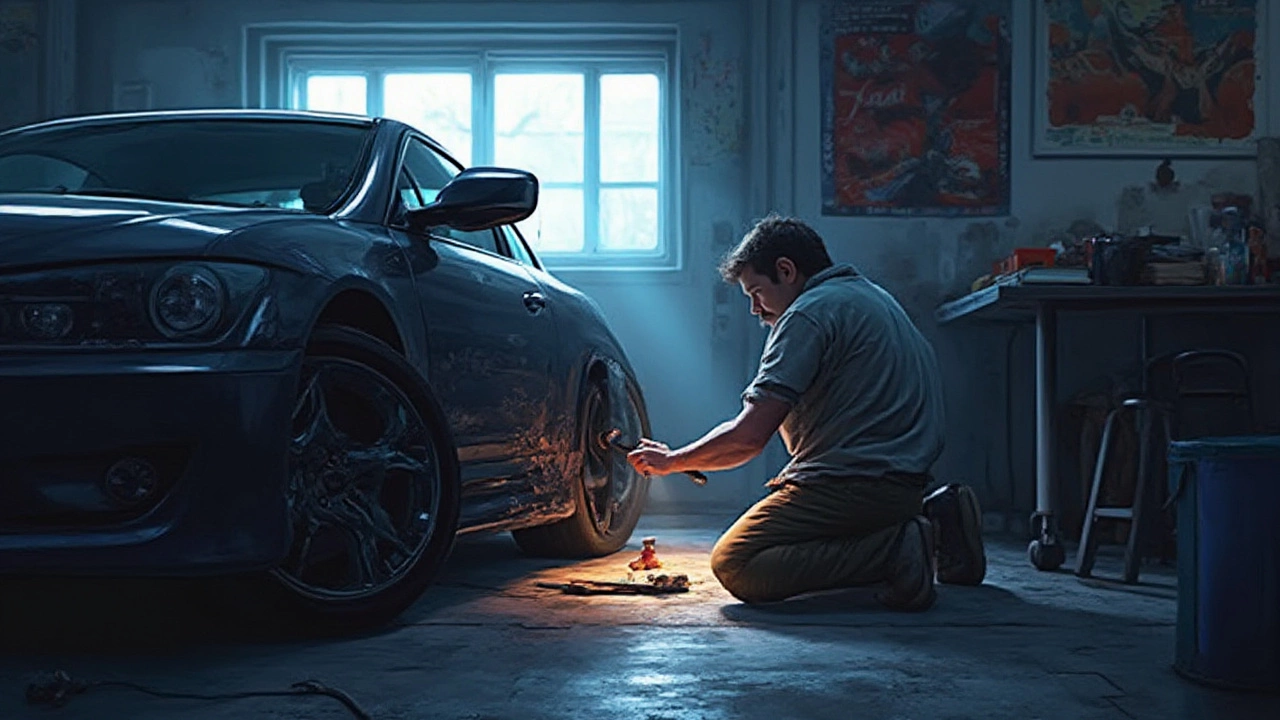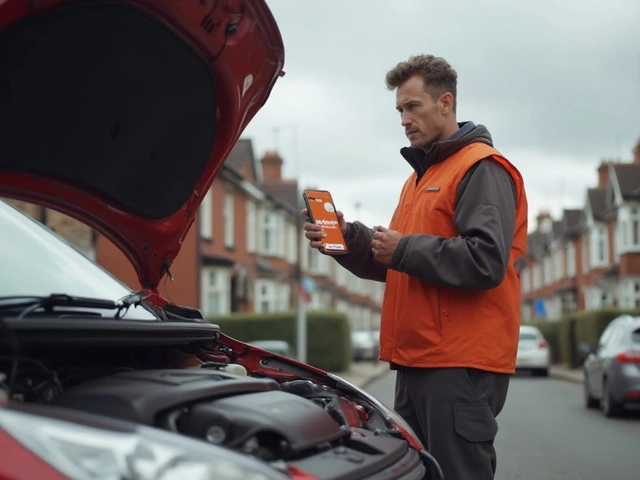Fix Suspension: Quick Guide to Spotting Issues and Getting Them Fixed
Driving feels off? The car pulls to one side, rides bumpy, or makes clunking noises? Chances are your suspension needs attention. Ignoring it can damage other parts, waste fuel, and make every trip uncomfortable. Below we break down how to tell what’s wrong, why it matters, and what you can actually do yourself before heading to the shop.
How to Identify Common Suspension Problems
First, listen and feel. A worn shock absorber will thud every time you hit a pothole. A bent control arm or damaged strut often causes the car to lean or pull when you turn. Look at the tires – uneven wear usually points to alignment or suspension geometry issues. Finally, check the suspension components under the car: any leaking fluid, cracked bushings, or broken springs are red flags.
One of the most confusing signs is a “bent suspension.” If the car has been in a minor collision or you’ve hit a curb hard, a frame or sub‑frame bend can shift the whole suspension setup. Driving with a bent suspension isn’t just uncomfortable; it can compromise steering control and wear tires faster.
DIY Fixes and When to Call the Pros
If you’re comfortable with basic tools, start with the easy fixes. Replace worn out shock absorbers or struts – it’s usually a bolt‑off job with a socket set. Swapping out cracked bushings can be done with a press, but many people just use a cartridge‑type replacement that slides in. For a bent control arm, you’ll need a professional alignment after the part is straightened or swapped.
When the problem involves the frame, sub‑frame, or major structural components, it’s best to let a qualified mechanic handle it. They have the equipment to measure angles accurately and can ensure the car is safe for the road. Also, if you notice fluid leaking from the suspension, that’s a sign of a failed seal – a job that often requires a lift and specialized tools.
Before you start any repair, make sure the car is on a flat surface, chocked, and supported with jack stands. Never rely on just the jack – it can slip and cause serious injury.
Once the parts are replaced, a proper wheel alignment is essential. Even brand‑new shocks won’t feel right if the wheels are out of spec. Many local garages offer a quick alignment check for a few pounds, and it’s a small price to pay for long‑term tire health.
In summary, catching suspension issues early saves money and keeps you safe. Look for clunking noises, uneven tire wear, and a bumpy ride. Replace worn shocks, check for leaks, and get a professional alignment after any major part swap. If the suspension feels bent or the frame looks damaged, head straight to a trusted shop – the risk of driving on a compromised suspension isn’t worth the gamble.
Need parts or advice? Northwich Tyres Centre offers a wide range of suspension components, from shocks to control arms, plus expert fitting services. Stop by for a quick inspection, and keep your ride smooth and safe.
 26 July 2025
26 July 2025
Can Suspension Damage Be Repaired? A Straightforward Guide to Fixing Your Car’s Suspension
Wondering if you can fix suspension damage? Get the lowdown on repairs, costs, symptoms, and when to call a pro. Stay safe and keep your car steady.
Latest Posts
-

Can AutoZone Test a Fuel Pump? Realities, Limits, and What to Expect
-

Most Aggressive Sounding Muffler: What Really Makes Your Ride Roar?
-

Is MERV 11 the Right Choice for Your Home's Air Quality?
-

Does My Car Tell Me When to Change the Oil?
-

How Long Do Car Batteries Last? An Essential Guide for Drivers

0